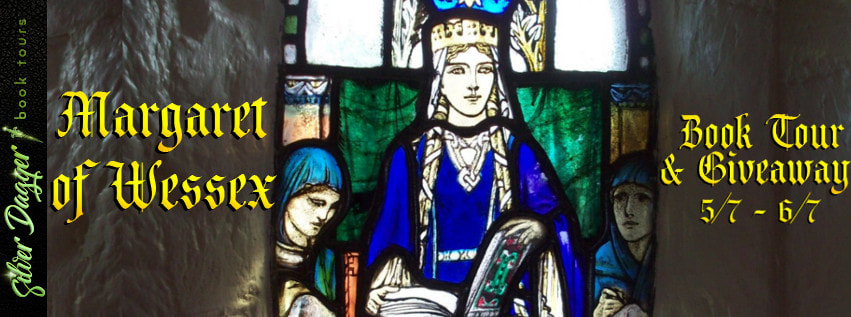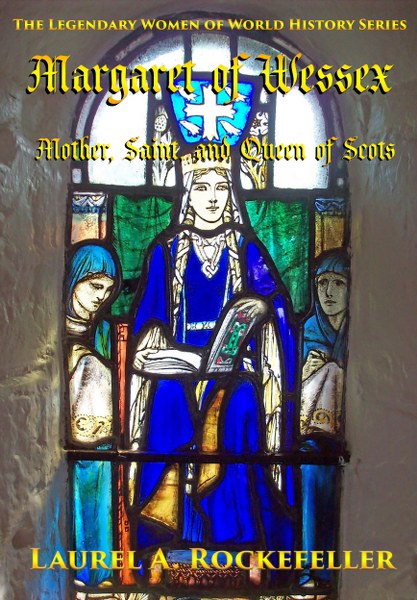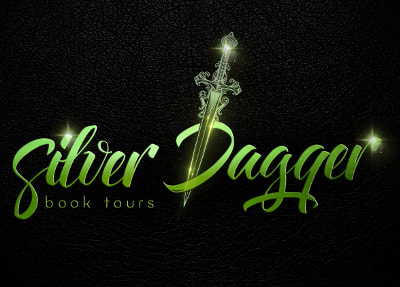Picts, Scots, and Vikings: an Introduction to the Peoples of Medieval
“Scotland.”
By Laurel A. Rockefeller
The people of Scotland are a proud people. From vibrant clan tartans to
the frequent protest marches that routinely fill every major city and town,
it’s hard to miss the love felt by Scotland’s residents for their country,
culture, and unique way of life. Whether
your passion is for the rugged highlands, the romance of its historical rebels
like Robert the Bruce, or for the world class poets, painters, and writers that
call Glasgow and Edinburgh home, there is something for everyone in
Scotland.
Scotland seems like a homogenous country, an ancient land where people
can count their ancestry back for thousands of years. And while this is
partially true, the picture is a bit more complex and nuanced than people
believe. Let’s take a look at the three major nationalities from whom most
modern Scots count as their ancient and medieval ancestors:
By far the largest ethnic group in terms of both land and population
numbers, the Picts were comprised of over a dozen clans spread across the
entire region we call “Scotland” today. These are the Brythonic, native peoples
who first arrived over three thousand years ago and formed the first
settlements. They were builders of the great monoliths whose ruins can be found
in nearly every corner of Scotland. Archaeology has recently traced large
numbers of the Stonehenge builders to Picts from Orkney. The name “Pict” is
Roman in origin and references the Pictish (and generally Brythonic) habit of
painting their bodies blue before going into battle.
The Picts spoke a Celtic language that they did not write down. Instead,
like other Brythonic peoples in modern day England and Wales, we know about
them primarily from archaeology and from written accounts of outsiders like the
Romans. It is very highly likely they originally practiced some form of
druidism common across other nationalities in the British islands.
As defenders of their lands, the Picts were unbeatable, even by the
mighty Roman legions who completely demolished the Celtic societies in England
and partially demolished some of the Welsh kingdoms. Hadrian’s Wall was built
to contain the Picts and keep them up north.
The Scotti or Scots (Latin for “pirates”) were
immigrants from Ireland who arrived around the year 498 CE from eastern
Ireland. Though we call the country
“Scotland” in reference to them, the Scotti lived primarily in the county of
Argyll on the southwestern coast of Scotland – a very small territory relative
to those held by the many Pictish clans.
From roughly 500 CE to 840 CE they existed as the kingdom of Dalriada.
Their language was Gaelic, a Celtic language similar to, but decidedly
different from the language of the Picts.
As a rule, Scotti population numbers were very
small, especially compared to their Pict neighbours to the north and east.
In 810 CE, King Ailpín of Dalriada’s Pictish princess wife gave birth
to their son, Cináed mac Ailpín, better known as King Kenneth
I MacAlpin. In Kenneth MacAlpin, the crowns of the Picts and Scots merged into
a single person. Kenneth’s coronation in 840 in Scone in Perthshire
(approximately 30 miles north of House Dunkeld’s capital in Dunfermline) as
“king of the Picts” marks the official formation of the new, blended kingdom of
ALBA. “House of Alpin” is considered the first of three Scottish
dynasties: House of Alpin, House of
Dunkeld, and House of Stewart (Stuart).
Within weeks of Kenneth’s coronation, 143
Viking warships arrived in Dalriada. Almost immediately King Kenneth evacuated
Dalriada’s capital of Dun Monaidh. Specifically, he
transferred all government documents, religious objects and relics, government
workers, and so forth to Scone—including the famous “stone of destiny.”
Essentially, King Kenneth abandoned Dalriada to the Vikings in favour of the
safety of the much more defensible Perthshire. Without resistance, the Vikings
overthrew Dalriada, destroying the kingdom completely.
The Viking story as it relates to modern day
Scotland is a Norwegian story. Though the term “Viking” can refer to anyone of
Scandinavian origin, the Vikings who specifically invaded Pictish-held lands
all came from Norway.
During the 780s, Norwegian war ships arrived in
the Orkney Islands. Whether all the Pictish men of Orkney were slaughtered,
fled for the Scottish mainland, or a mix of both, we will never know because
the Picts left no written records. What
we do know from DNA testing is that there are no Pictish markers among any men
from Orkney today. Only among the women of Orkney do we see any trace of
Orkney’s ancient Pictish heritage.
In 892 CE, the Jarldom (or Earldom – though
there are some differences between an Earl and a Jarl) of Orkney was formalized
by the Norwegian crown. Orkney stayed under Norwegian control through all three
of Alba’s dynasties, completely independent from mainland Scottish control
until 1468 when Orkney was given to King James III Stewart as part of the dowry
for Princess Mary, daughter of Norway’s King Christian I.
For nearly 700 years, the kings of Norway
controlled Orkney. Nowhere else in the British islands did a king of a
far-flung land retain such sovereignty.
Over the centuries, the Picts, Scots, and
Norwegians became a single “Scottish” people. The languages of the Picts and
the Scots, though probably originally as different as Spanish and Portuguese,
merged into a single language we call “Scots-Gaelic” to differentiate it from
the Gaelic still spoken in Ireland. Under House Dunkeld another language
evolved that merged both Pictish and Gaelic with the English brought to Alba by
Queen Margaret of Wessex and of course some local loan words. “Auld Scots” is that particular language we
think of as Scottish today. Though treated as a dialect of English, Auld Scots
is much more complex, a reflection of centuries of blending together the
different peoples that call Scotland home.
As for why we call this nation “Scotland”
despite the minority of actual Scots from Dalriada, the answer ultimately comes
from English conquest and imperialism. It was the English who called the
kingdom “Scotland” instead of Alba and the English who called the Celtic
language(s) of Alba “Scot-Gaelic” when, in truth, most of the language so
labelled is probably Pictish in origin.
Using the name “Scotland” instead of Alba is,
therefore, part of the legacy of centuries of war between Alba in the north and
England in the south. It is one of many open wounds that continue to divide Alba’s
peoples from those who wish to be part of the United Kingdom and those who pray
for the day Scotland will be called Alba once more, independent from English
rule and truly free.
The 11th century was a dangerous time to be of the line unbroken of King Æthelred II Unread and his first queen, Æfgifu of York. Born in Hungary after King Canute III's failed attempt to murder her father, Edward the Exile, Margaret found her life turned upside down by King Edward the Confessor's discovery of her father's survival -- and the resulting recall of her family to England.
Now a political hostage only kept alive for as long as it served powerful men's interests, Margaret and her family found King Máel Coluim mac Donnchadh Ceann Mhor (Malcolm III Canmore)'s invitation to his court in Dunfermline in Alba the long-awaited answer to her prayers.
Scotland would never be the same again.
Includes two family tree charts, an expansive timeline covering over three thousand years of Pictish and medieval history, plus Roman Catholic prayers, and a bibliography so you can keep learning.
**Special Promo!**
There are now TEXTBOOK versions of most of the Legendary Women of History series On sale for 99 cents versus $2.99 for the regular editions. The textbook versions add study questions to each chapter of the biographies.
You can find all the textbook editions at https://www.amazon.com/gp/product/B087CVGB1T
or on my website at https://bit.ly/LARtextbooks.
Sale ends June 30th!








No comments:
Post a Comment